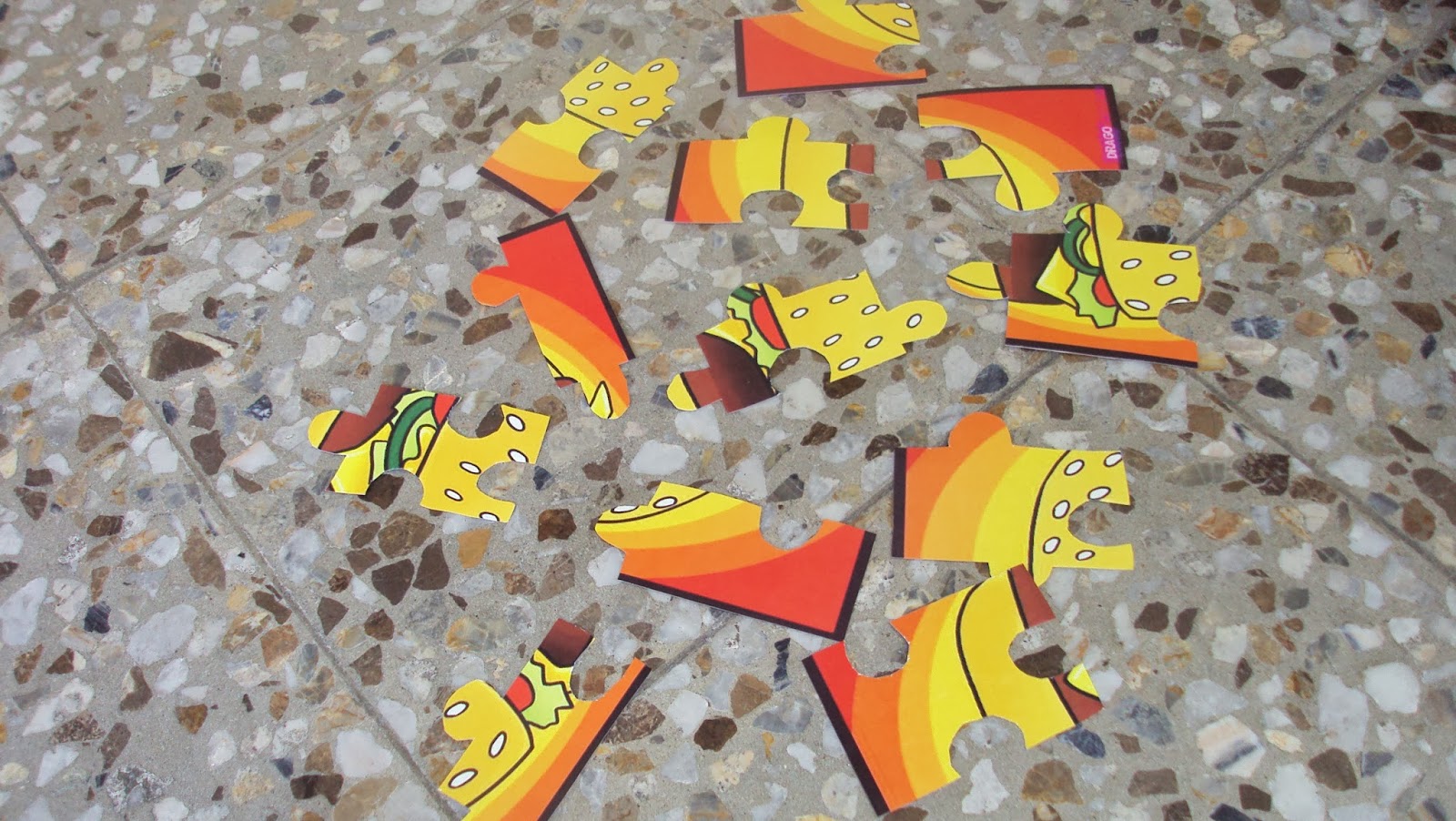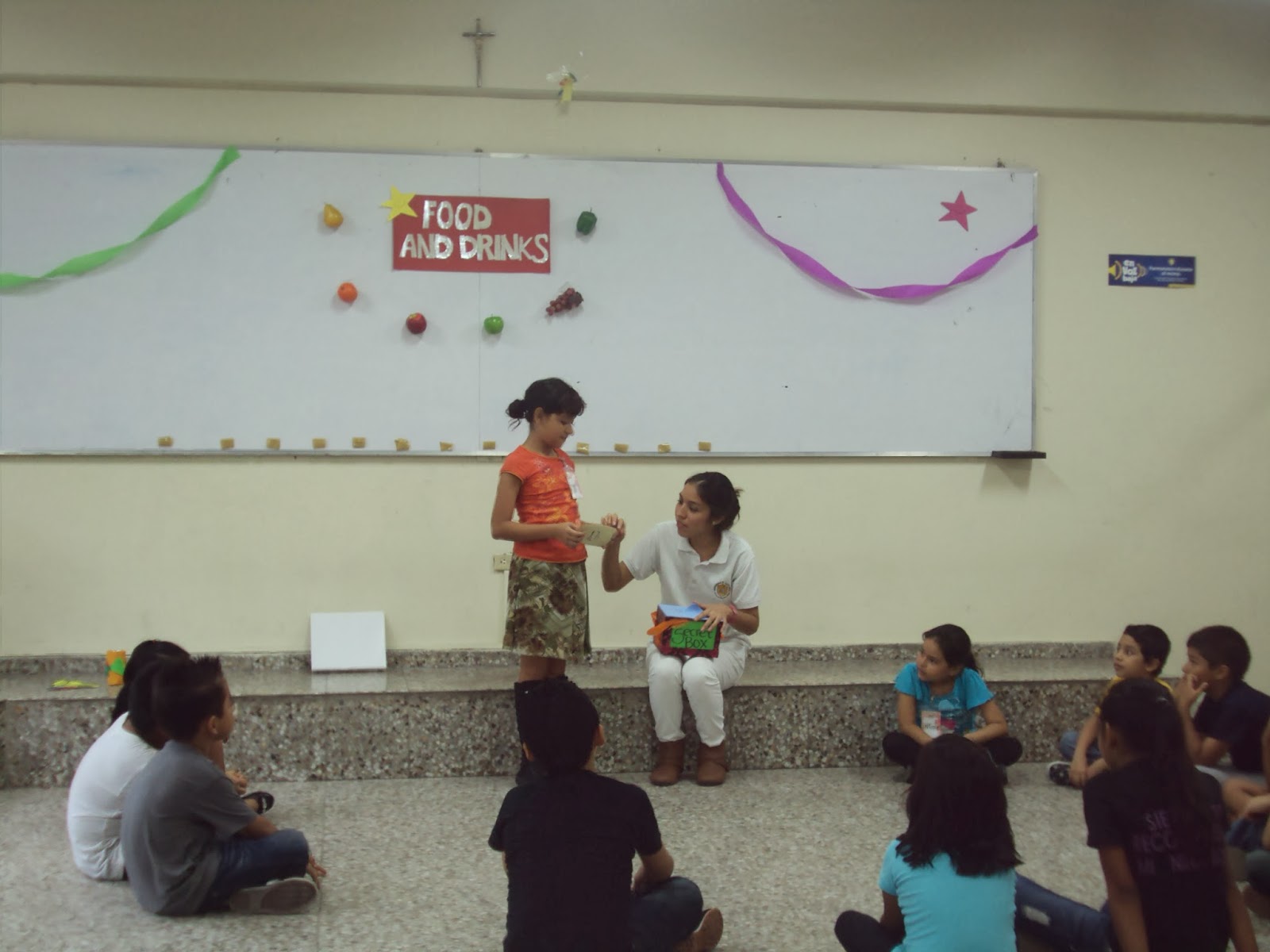ASSESSING CHILDREN IN A ESL CLASSROOM
Let's us now consider how to assess children, our group in this 10 weeks program:
 I consider with great decision that a test should not be high anxiety to our students. They have to fee that it is part of their process in learning English. In fact, a teacher can do it without saying they are being assessed under the good conditions of an assessment. However, the ones that need to have a probe of their development are their parents. It is good that they took small tests because it can also boost their motivation and effort in the learning process. I agree with the next paragraph, taken from Assessment of Young Learners:
I consider with great decision that a test should not be high anxiety to our students. They have to fee that it is part of their process in learning English. In fact, a teacher can do it without saying they are being assessed under the good conditions of an assessment. However, the ones that need to have a probe of their development are their parents. It is good that they took small tests because it can also boost their motivation and effort in the learning process. I agree with the next paragraph, taken from Assessment of Young Learners:
"Traditional classroom testing procedures can cause children a great deal of anxiety that affects their language learning as well as their self-image (Smith 1996).
Therefore, children need to learn and be evaluated in an anxiety-reduced, if
not anxiety-free, environment. This can be achieved if children perceive
assessment as an integral component of the learning/teaching process rather
than an independent process whose purpose is to pass judgment on their abilities in relation to their classmates".
The type of assessment that we chose will determine how the students will react to them. I like the idea of observing them while they are being assessed. I also was thinking on creating a holistic rubric for the class. In that rubric I will cover the categories that I want them to develop or manage. Then, in the practices that we did in the course I have to observe them and manage myself to obtain their results in the rubric.
I also think of incorporting alternatives ways of assessment, like group work and giving them work where I can observe their performance.
Since they are not quiet familiar with English tests, I feel like assessing them in small quizzes. They can be adapted for them.
It is important to know that the traditional classroom assessment can be integrated as I mentioned above with alternative assessments.
It is important to take into account that "A final characteristic of alternative assessment techniques for young learners is that they are performance-based, requiring students to perform authentic tasks using oral and/or written communication skills. These
techniques can include traditional classroom activities, such as giving oral reports and writing essays, but they may also involve nontraditional tasks, such as cooperative group work and problem solving. Teachers score the task performances holistically (Shohamy 1995; Wiggins 1989)".
I consider that kids not only enjoy working in group work, but they also are learning from one another and this experience gives them a great experience and motivation in a practice stage or in assessments. We have to be open minded, because considering how their cognitive level is we have to take advantage of it and integrate that potential into a great assessments.
To make the assessment and the students understand what are the advantages alternative assessment brings and what this is, I like this definition taken from the website http://www.cal.org/resources/digest/tannen01.html: "Alternative assessment refers to procedures and techniques which can be used within the context of instruction and can be easily incorporated into the daily activities of the school or classroom" (Hamayan, 1995, p. 213). It is particularly useful with English as a second language students because it employs strategies that ask students to show what they can do. In contrast to traditional testing, "students are evaluated on what they integrate and produce rather than on what they are able to recall and reproduce" (Huerta- Macias, 1995, p. 9).
I would like to say that students nowadays need to be assessed according to their level, I mean we cannot assess students that are beginners like an intermediate. To make this clear, according to Krashen and Terrell (1983) and adapted by Olsen (1992), they depict four stages of language development. "Many techniques of alternative assessment were developed in line with the taxonomy of student response types identified by Krashen and Terrell (1983) and adapted by Olsen (1992), which suggests that there are four stages of language development in FL/SL learners. The first stage is preproduction, in which learners have a silent period and their performance indicators are mostly kinesthetic in nature. During instruction and assessment, teachers may ask students to point, act out, choose, mark, gesture, and follow instructions. The second stage is early speech, in which
performance indicators are kinesthetic responses and one- or two-word utterances. During instruction and assessment, teachers ask students to name, number, list, and group words or phrases. The third stage is speech emergence, in which the performance indicators are one and two-word utterances, plus phrases and simple sentences. During instruction and assessment, students are asked to describe, define, recall, retell, summarize, compare, and contrast. The fourth stage is fluency emergence, in which performance indicators are words, phrases, and complete sentences. Students are asked to justify, create, give opinions, debate, defend, analyze, and evaluate (Krashen and Terrell 1983). If I am not wrong, the students that we are teaching are in the second stage. The details above have recognize primaly that students' needs are important to consider since we are going to demand from them certain level of complexity and we cannot ask them something superior to their cognitive level, just one level up where they are in.
One of the example that I would use to assess them is the use of pictorial assessment:
As we see, this type of assessment is short and contain pictures to be labeled and some cloze. I also think that a typical test must cover what is being taught, if not children will fail and the assessment is not valid. The problem for me is that our country is so traditional-oriented that we do not think of anything else can work. As Shabaan states "It is clear that a small assessment need to be given so that we can measure how much they have learned and to see what topics need to be reviewed or reinforced. In most academic settings, it is necessary to test students, sometimes even young ones, in the traditional way with paper-and-pencil tests (e.g., truefalse, matching, multiple choice, and cloze). One major argument for using alternative techniques with young learners, however, is that official or standardized proficiency examinations usually cannot adequately determine their performance levels. Alternative assessment techniques present a dynamic rather than static picture of their linguistic development".
RESOURCES
* Assessment of Young Learners, Kassim Shabaan Vol 39 No 4, October - December 2001












































